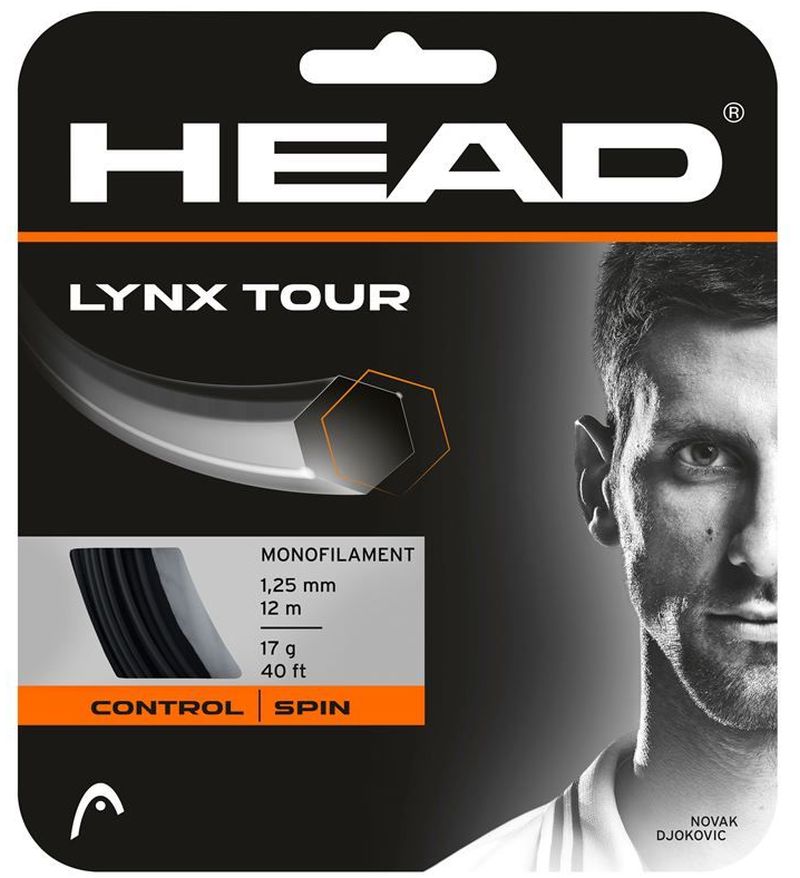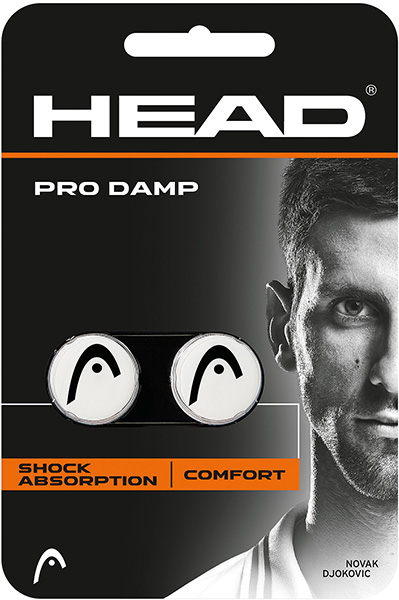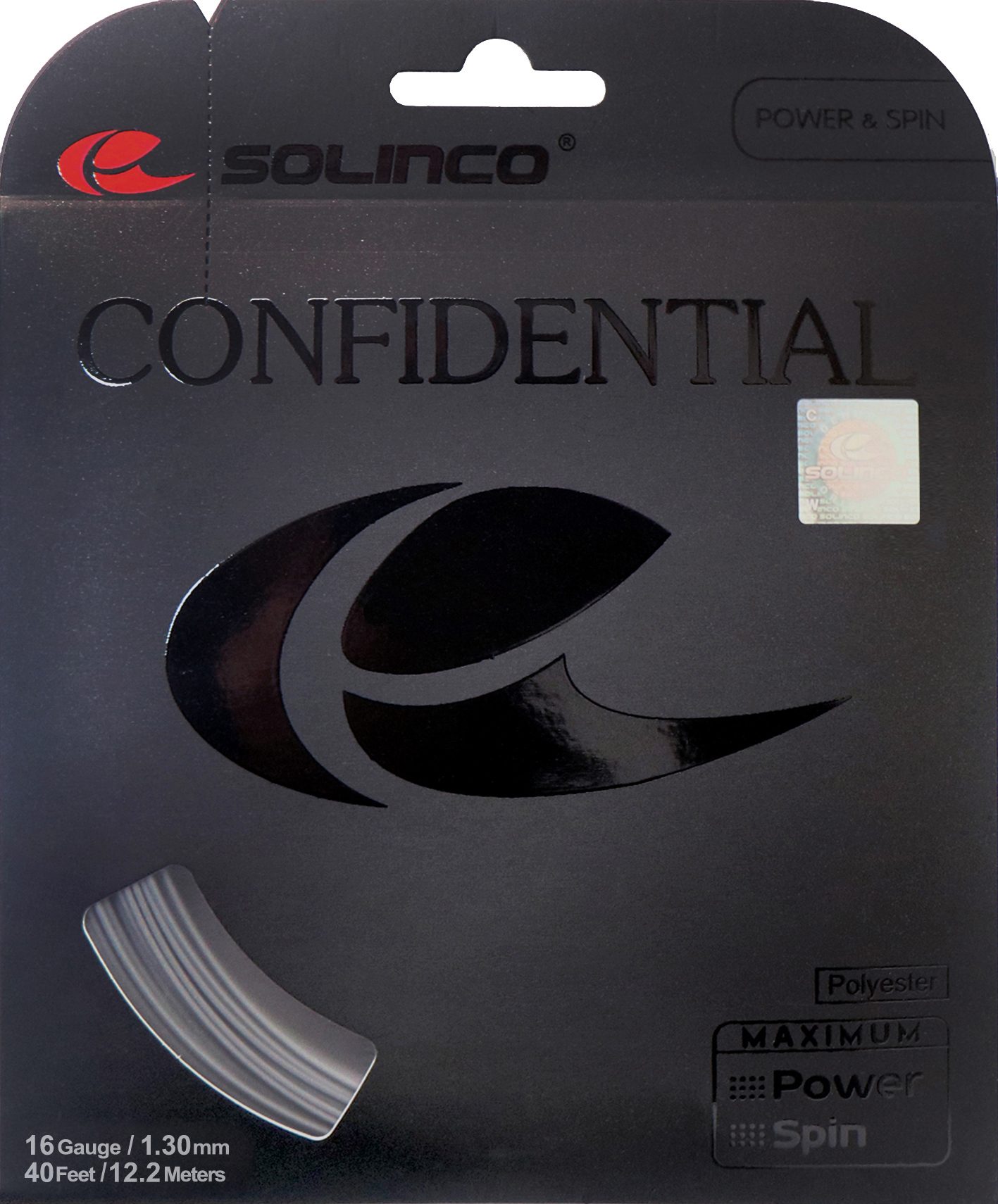12,40 €
Save 11%Each offer available in the Tennis Zone is an original product, coming directly from manufacturers or trusted distributors.

12,40 €
Save 11%
12,40 €
Discover a seismic shift in your tennis game with the Head Lynx Tour (12m) - Black co-polyester tennis string. This high-performance product is designed to provide you ultimate control, unparalleled rotation, and exceptional durability, catering to every pro player's requirements.
The Head Lynx Tour (12m) - Black is a monofilament string, perfect for players seeking control over solid and strong strokes. This co-polyester structure assists in delivering a refined blend of power and control, allowing your shots to be both decisive and accurate.
The six-sided profile of this string plays a vital role in adding an extra spin to your shots. Players seeking an additional rotation will achieve superb feel and precision, taking their game to new heights.
This string guarantees above-average tension maintenance. What does that mean for you? It ensures a longer lifespan and prevents string displacement. So, you can expect consistent performance from your racquet throughout extended playtimes.

| Article number: | ST91199.1 |
|---|---|
| Color: | Black |
| Material: | co-polyester |
| Properties: | control spin strength |
| String length (m): | 12,2 |
| String profile: | hexagonal |
| Structure: | monofilament |
Discover a seismic shift in your tennis game with the Head Lynx Tour (12m) - Black co-polyester tennis string. This high-performance product is designed to provide you ultimate control, unparalleled rotation, and exceptional durability, catering to every pro player's requirements.
The Head Lynx Tour (12m) - Black is a monofilament string, perfect for players seeking control over solid and strong strokes. This co-polyester structure assists in delivering a refined blend of power and control, allowing your shots to be both decisive and accurate.
The six-sided profile of this string plays a vital role in adding an extra spin to your shots. Players seeking an additional rotation will achieve superb feel and precision, taking their game to new heights.
This string guarantees above-average tension maintenance. What does that mean for you? It ensures a longer lifespan and prevents string displacement. So, you can expect consistent performance from your racquet throughout extended playtimes.

| Article number: | ST91199.1 |
|---|---|
| Color: | Black |
| Material: | co-polyester |
| Properties: | control spin strength |
| String length (m): | 12,2 |
| String profile: | hexagonal |
| Structure: | monofilament |
Each offer available in the Tennis Zone is an original product, coming directly from manufacturers or trusted distributors.
Sign up for the free newsletter and do not miss any promotions and news, as well as individual offers from our store.
Functional cookies are absolutely necessary for the functionality of the web shop. These cookies assign a unique random ID to your browser so that your unhindered shopping experience can be guaranteed over several page views.
Marketing cookies are used to display advertisements on the website in a targeted and individualized manner across multiple page views and browser sessions.
Tracking cookies help the shop operator to collect and evaluate information about the behaviour of users on their website.
These cookies are used to collect and process information about the use of the website by users, in order to subsequently personalise advertising and/or content in other contexts.
Service cookies are used to provide the user with additional offers (e.g. live chats) on the website. Information obtained via these service cookies may also be processed for site analysis.




